Letter from Wolf Country; Cwm Bleiddiaid, Coed y Bleiddiau and the Via degli Dei

Julie Brominicks
They were here. It’s a bright day with a brisk wind so like me they’d have sheltered behind these crags.
Sleepily surveyed the valley. Raised their pups perhaps between these rocks.
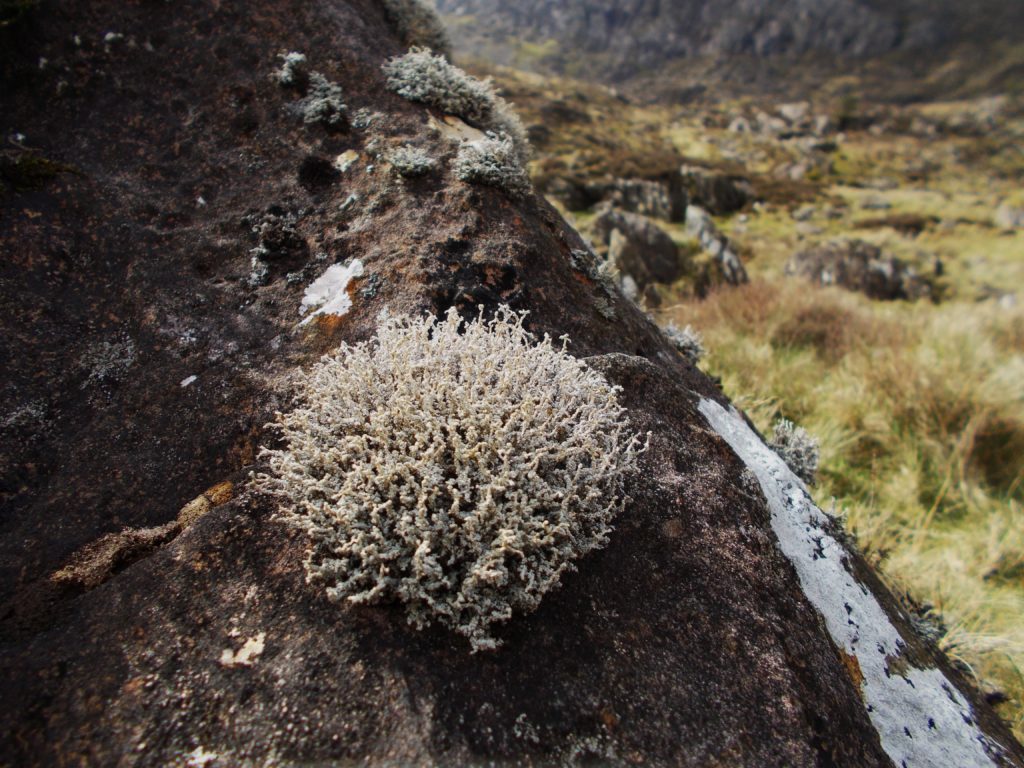
Till recently wolves were not on my radar.
When we set off in March to hike the Via degli Dei from Bologna to Firenze (Florence) I’d not read Carwyn Graves’ excellent new book ‘Tir’ in which these former Welsh natives are mentioned and had no idea Derek Gow had just published ‘Hunt for the Shadow Wolf’.
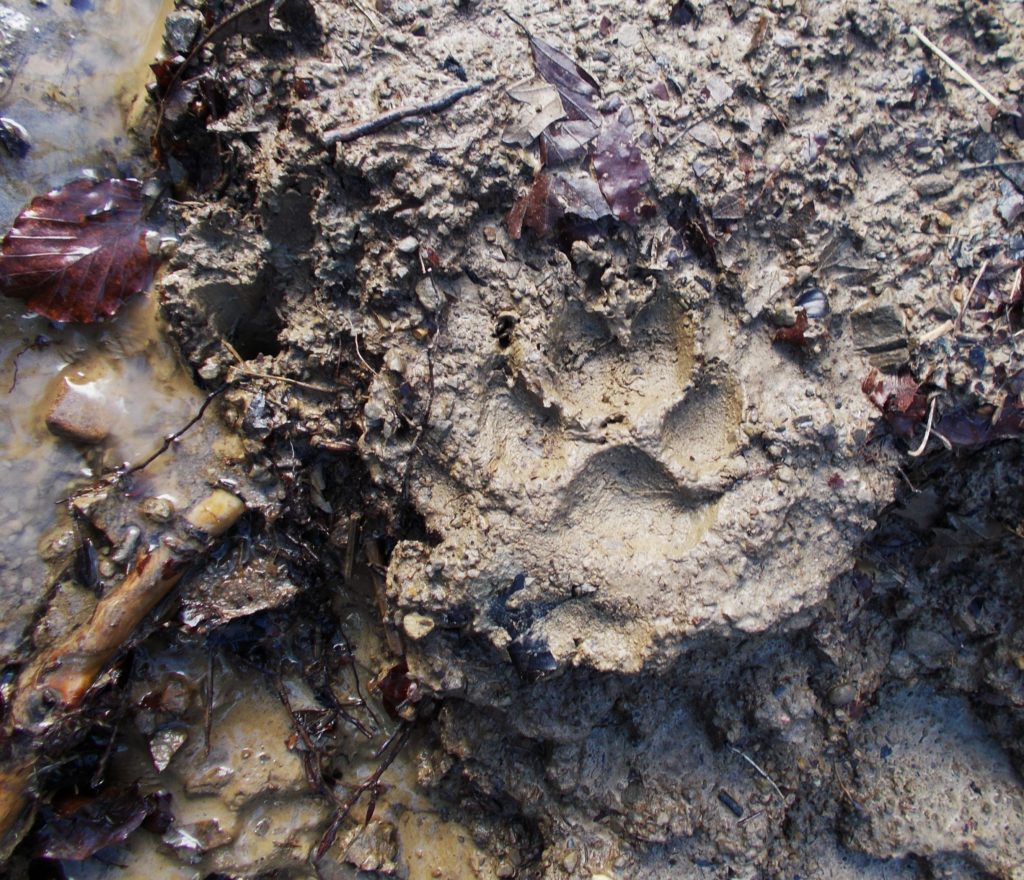
But then in Italy we saw them.
How was it? Like spotting teenagers at a family event; one minute they’re scoffing pizza and the next they’re silent, hoods up and slinking away.
The wolves slipped out of the woods, crossed the track and melted into the scrub. The teenagers have left the room.

Now I’m in Cwm Bleiddiaid (Wolf Valley) just west of Beddgelert.
Did you know there are more than 200 Welsh place names that reference wolves? Cae Blaidd, Ffos y Bleiddiaid, Waun Bleiddian. Wolf field, wolf ditch, wolf moor.
They’re listed (along with lupine references from poetry, legend and prose) in ‘Galwad y Blaidd’ by Cledwyn Fychan.
Reading it repopulates the landscape.
Easy meat
Cwm Bleiddiaid is a glacial valley between Moel Hebog and Yr Wyddfa.
I am crouched and waiting for animals. Imagining them etched like cave paintings on the burnished bracken slopes.
I watch a ewe and lamb negotiate the incline and for a moment I am wolf. Easy meat.
As it whips about, the wind brings different sounds.
A stereo sheep-bleat and response. The laughter of Moel Hebog hikers and the drumming of their feet. Afon Glochig coming in like percussion, then a hoot from the Ffestiniog Railway, long and drawn out like a howl.
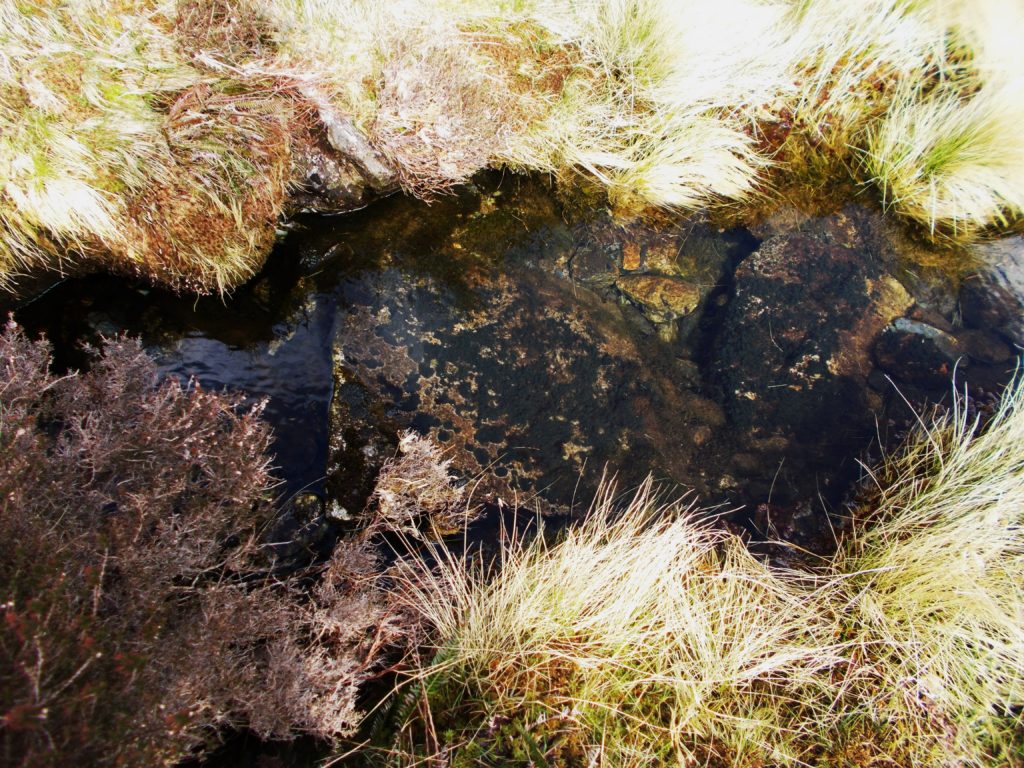
Treasure box
No wild animals come so I explore. There’s a lot going on with the rocks all splattered with lichens and a clarity to the stream sluicing over a treasure-box of stones.
The sky darkens, a hoover bag has been emptied on Yr Wyddfa. The wind ruffles the molinia as if it were fur and two drops of rain that wouldn’t bother a wolf with its waterproof guard hairs and insulating undercoat land on my hand.
Time to get going if I’m to reach Coed y Bleiddiau in daylight.
Wolves were once the most widespread mammal in the world. Ungulates are their preferred prey; deer, caribou, goat, boar, musk oxen, mouflon.
A decrease in prey populations coincided with an increase in domestic livestock. Wolves ate our sheep so we annihilated them. Yet numbers in Europe are increasing and in Italy we saw them.
Big dogs
Somnambulant after a two-day bus journey, we first assumed their tracks belonged to big dogs.
The Via degli Dei follows a Roman road and we almost forgot where it began – in the red city of Bologna, or Verona where we’d staggered off the bus, or even stepping onto our Roman Road, Sarn Helen.
Cymru and Italia felt not unlinked.
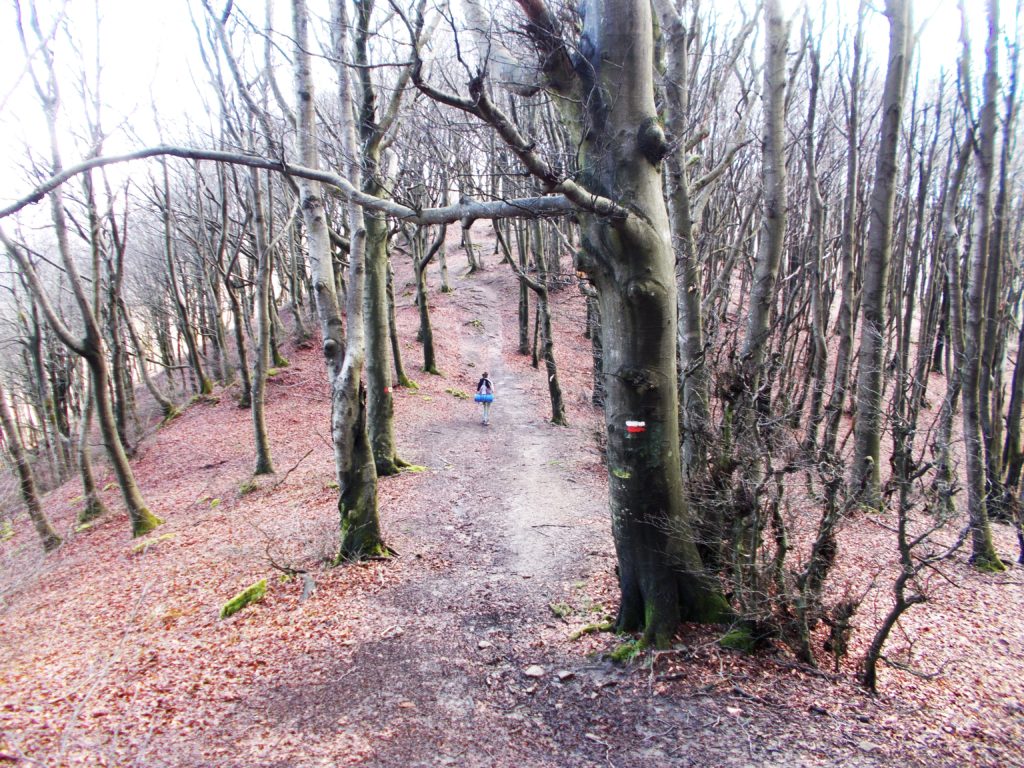
The Via degli Dei took us across the Apennine Mountains which despite the 1000m altitude are gloriously wooded.
Ridge after ridge of coppiced beech and sweet chestnut with an understorey of primroses, snowdrops, violets and more.

We met Alessandro where trail met road at Paso della Futa. He was leaning over the crash barrier shouting in rapid Italian and I caught a word on repeat ‘Lupo! Lupo!’ Wolf.
Alessandro showed us footage on his phone of the wolf he’d just filmed. ‘First time I see one!’ He was smoking, chatting, sharing footage with friends while pacing about and beaming. Ecstatic he was.
We lost the tracks on higher drier ground, found them in valley mud and then it was our turn. We camped outside Monasterio de Serano near a handful of houses at dusk.
The chink of bottles being recycled, dogs barking. Then a trumpeting herd of wild boar at speed. All night, owls hooted and a dawn orchestra accompanied the wild boar crashing their way back.
Perfect awareness
I was unhooking food from the tree where we’d stashed it when I saw what I thought was torchlight under the still-dark monastery cypresses.
‘Look’ I said, expecting a dog walker. Instead two wolves emerged, shot us a glance and vanished.
Three minutes later a roe deer loped uphill in the opposite direction. We were transfixed. Not by fear. By absolute, perfect awareness. Fifteen minutes on, a deer barked.
I learned a new Welsh word from Galwad y Blaidd. Ymgilgar. Aloof.
The wolves looked us over and dismissed us. Like teenagers. But also like Scorsese gangsters. In suits. When there’s killing to be done. To them we were insignificant but to us they were vital.
We grinned for hours and said ‘wolves!’ The thrill lasted days. Sure Firenze was pretty, and yet…
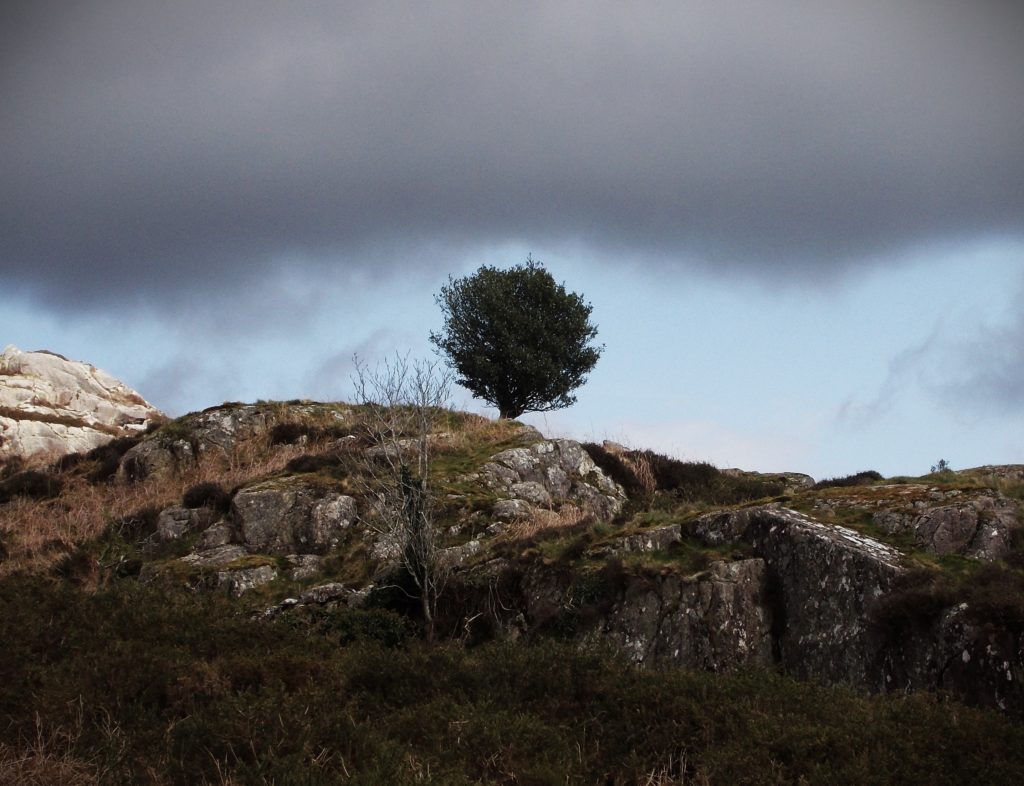
Now I can’t unsee them. Wolves. They’d have been here and here.
High above Afon Glaslyn watching people not noticing them.
Through Nantmor and Croesor, wolf country all the way.
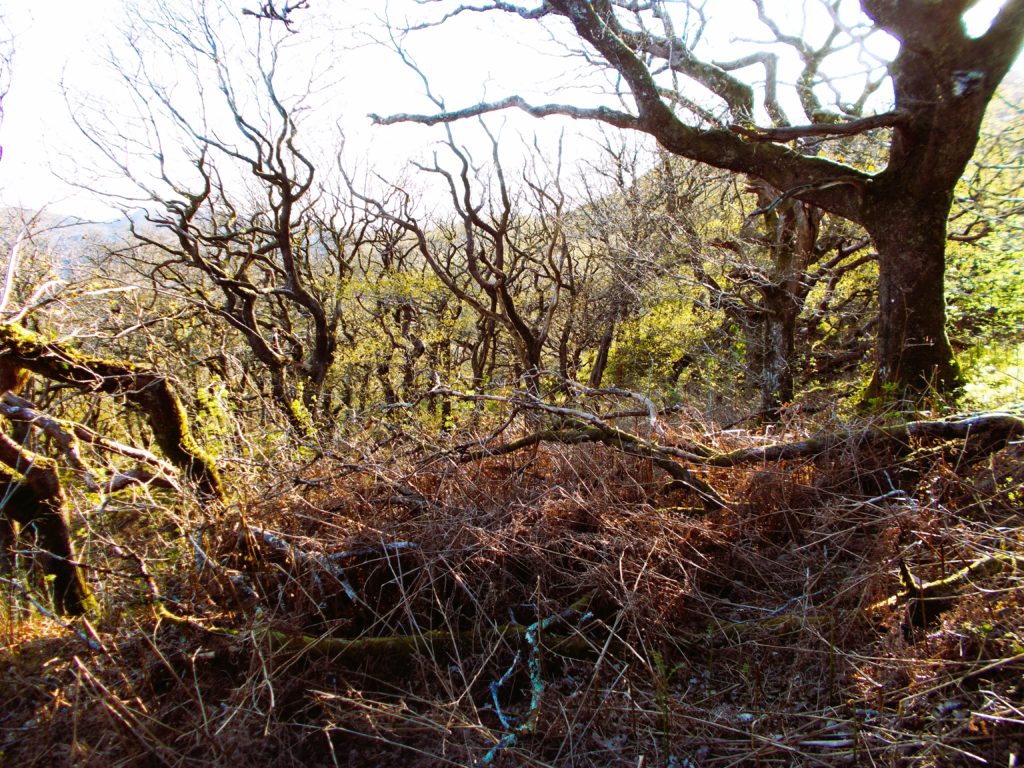
Coed y Bleiddiau (Wolf Woods) is a stop on the Ffestiniog Railway. A fragment of temperate rainforest. They were here.
I recline against an oak clad in such thick moss I can push my fingers right in. Setting sun gilds last year’s bracken.
A mistle thrush comes in fast to land with an audible thud. The night is ever so silent.
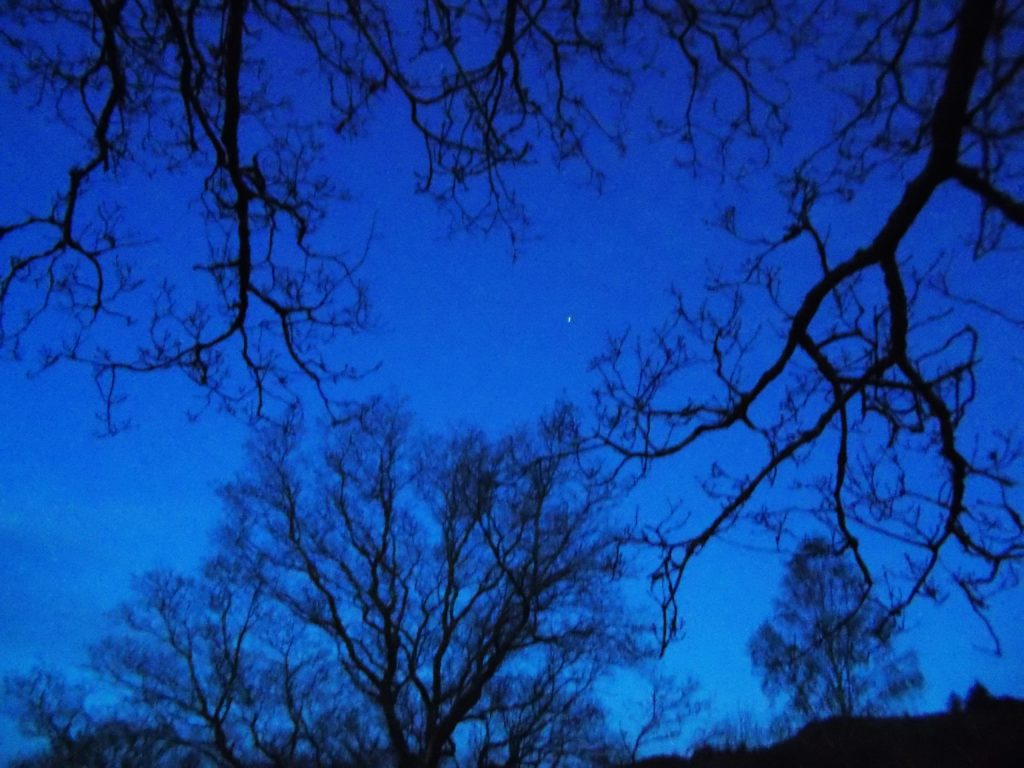
A frail drawn chorus
But morning brings a frail dawn chorus. A pair of woodpeckers in wavy flight. Above my head for all the world like a supermarket-shopper pausing between chatter to consider the cheese, a wood warbler browsing leaf buds between bursts of cascading song.
I am grateful for each of these excitements because on returning to Cymru I found our woodland lovely but tame. You understand I think. I mean it’s good the teenagers left the party, right?
You let your hair down, had a dance. But as the pizza congeals and you realise you’re too old to vape, is there the tiniest sense that the vigour (and the vodka) has gone with them?
Do you even kind of slightly maybe miss them?
Thanks to Derek Gow for explaining things. Diolch o galon to Huw Denman for advice and feedback and to our wonderful Jon Gower who wisely suggested Welsh wolf country which made everything make sense.
Support our Nation today
For the price of a cup of coffee a month you can help us create an independent, not-for-profit, national news service for the people of Wales, by the people of Wales.





[Please scroll down for English] Ac nid yn unig yng Nghymru y tybiwn i fod ‘na enwau llefydd sy’n cynnwys ‘blaidd’ yn eu hetymoleg. Er bod ‘blithe’ yn ansoddair yn yr iaith fain sy’n dynodi perso /llawen/di-bryder, pan welais i’r enw Blithe Hill ar ryw fryn (bach iawn) yn ne Llundain, allais i ond feddwl am yr enw fel hen, hen atgof o bresennoldeb fleiddiau yn yr ardal. ~ And not only in Wales – I reckon – are there place-names with the Welsh word for wolf as part of their etymology. Even though ‘blithe’ is an English adjective that… Read more »